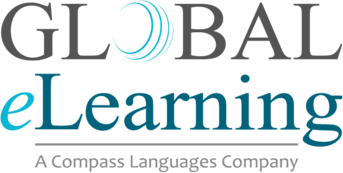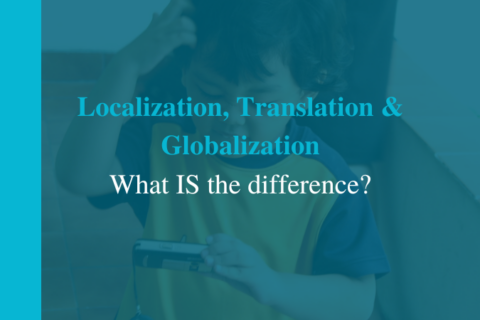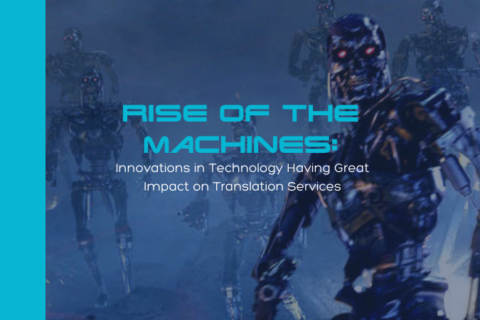Why Localization is More Inclusive Than Translation
Over the past year, the entire world has become more aware of diversity, inclusion, and the importance how others perceive the world around them. If you are building a world-class company, have operations on foreign soil, or are making an effort to be more inclusive, your Learning & Development content is a great place to start! In this article, we’ll discuss why localization is more inclusive than translation and how you incorporate this initiative from employee orientation to routine training.
Diversity
In the United States, in particular, the workforce has always been a diverse blend of people from different cultures and backgrounds. Recently, we have all become more aware of how to be more inclusive of our diverse cultures. We begin to recognize that English, long considered our national language, does not always represent inclusivity in our workforce. Therefore, many organizations quickly recognize the value of making training, policies, protocols, and other materials available in multiple languages. Not only is this inclusive, but it actually impacts outcomes. Studies show that this type of communication and training, in the employees native language improves efficacy and helps employees feel more valued.
Localization is More Inclusive Than Translation
When an organization creates Learning & Development (L&D) content for an English speaking or American audience, there are certain slogan, idioms, images that may be used to help drive home key learning points. But, these American terms may not translate well for a manufacturing plant in Mexico, China, or Japan. This is where localization is not only more effective, but is also more inclusive.
For example, in America, one message may be, “Employees are encouraged to ask questions about this protocol.” In other cultures, going to a supervisor or questioning protocols may be seen as a sign of weakness or culturally inappropriate. In this case, the message may need to be localized for the intended audience. In China, for example, the audience preference is often towards moral or authoritarian leadership styles. There are cultural nuances and everyone in an organization has an appropriate position and relationship within the hierarchal structure. Therefore, the new messaging may be changed, depending on the exact location and culture of the manufacturing facility. Imaging, wording, and other idioms may be changed to, “Supervisors will advise employees regarding specific protocols and employees can direct questions to their supervisors.” This message may be further localized and enhanced with new images, voiceovers, colors, stock photos, etc. Obviously, this extra step is far more inclusive for a global audience, than simple translation.
Global Workforce
As businesses change, virtual working becomes more ‘normal’, and more and more businesses expand operations into other countries, the need to be more inclusive of a global workforce is no longer an option. The culture of an organization is often driven by the communication, protocols, and training content created. Localization is more inclusive than translation for organizations with a global footprint.
If you want to ensure your organization is more inclusive of a global workforce, contact the specialists at Global eLearning to help! We focus on helping organizations with localization of Learning & Development content for your global audience. Get started today!


